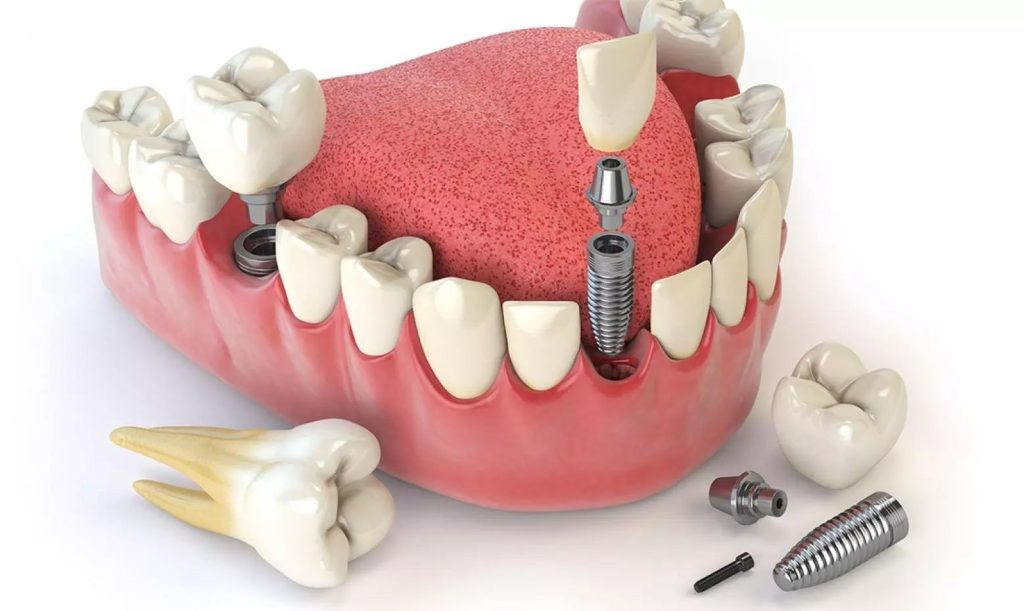Bone regeneration in the field of dentistry is a subject that has once again become topical and in particular the topic of implant rehabilitation. The “Box Technique” is a new technique which prosthetically and aesthetically uses guided bone regeneration and uses only absorbable materials which are processed naturally by the body. This revolutionary method does not require the use of the patient’s bone in the regeneration process. Instead it uses a choice of either Xenograft or Allograft creating minimum discomfort for the patient.
The Box Technique was invented in November 2008 by Dr. Andrea Menoni. It is the first prosthetically guided bone regeneration technique aimed at fully restoring lost bone volume by using only polylactid acid absorbable materials (PDLLA D ,L- lactide).
Polylactid acid, already used in other medical disciplines such as neuro and maxillofacial surgery, has the benefit of allowing us to create a revolutionary new regenerative bone technique and has considerable potential for research into other uses.
The Technique
The Box Technique involves the creation of a container that holds the chosen filler (Xenograf or tAllograft ).
The technique allows bone regeneration in three spatial dimensions, eliminating the need for bone grafts for the patient, thus minimizing the trauma of surgery.
The aim of the Box Technique is to fully restore the bone to its original condition so that it is not only functional but also esthetically pleasing.
The use of absorbable materials is beneficial for the following reasons: first: a subsequent operation for their removal is not required; second: surgical intervention is far less traumatic for the patient; third: in cases of osseointegrated implants, the rehabilitation period is significantly reduced.
The Materials
The PDLLA (poly D, L lactic acid) is an absorbable material which is completely amorphous as both components are present in equal proportions (50% D and 50% L). As a result, the biodegradation process is completely safe and predictable.
This new material is fully biocompatible and does not result in inflamation after contact with human tissue after application utilizing sonic weld methodology.
The degradation of PDLLA and its components occurs through the metabolic processes of hydrolysis, whereby the final product is water (H2O) and carbon dioxide (CO2), both of which are physiologically eliminated from the body.
This innovative material presents the prime advantage of being reabsorbed while simultaneously maintaining its structural strength for the time necessary to ensure the stability of the clot, the graft and load resistance, all of which are important in GBR (Guided Bone Regeneration).

